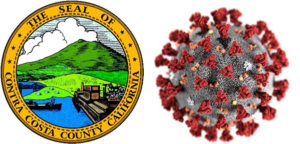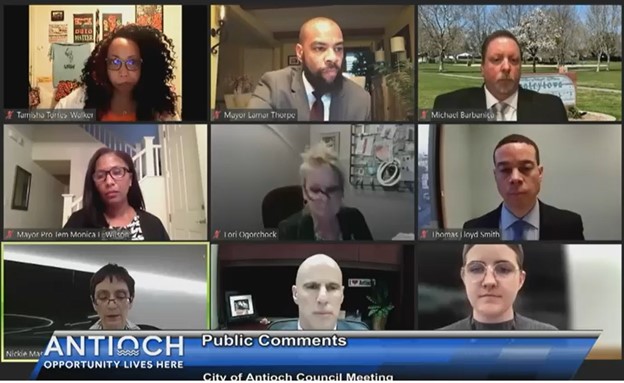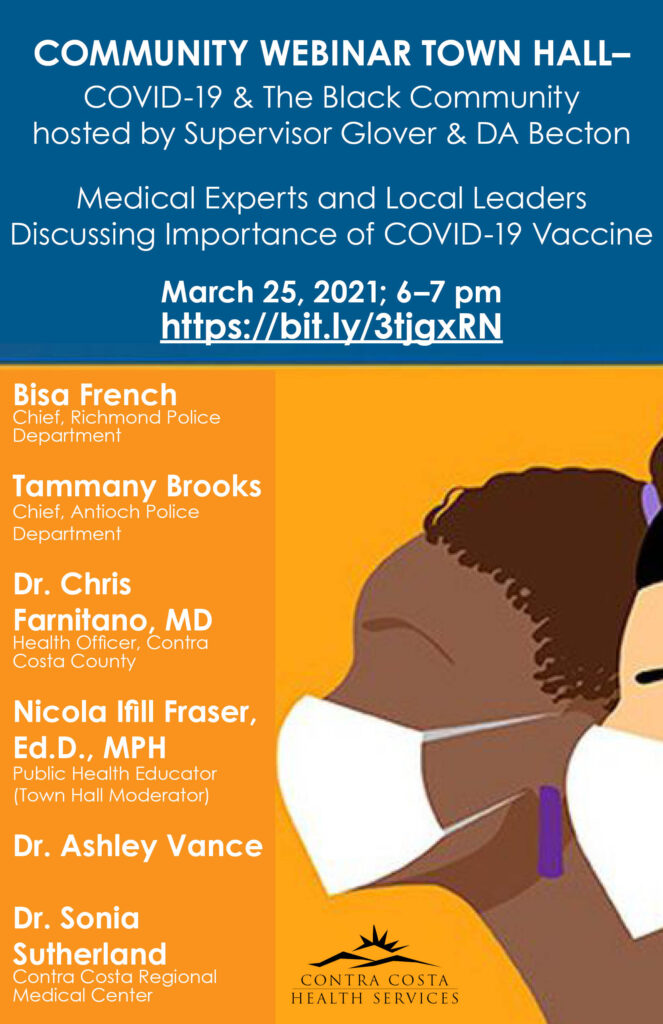Contra Costa moving into Orange Tier Wednesday opening churches, restaurants, theaters to 50%, gyms to 25%
Tuesday, April 6th, 2021
Source: covid19.ca.gov
The State of California announced today that Contra Costa County will be able to move into the less restrictive Orange Tier of the State’s Blueprint for a Safer Economy on Wednesday, April 7.
Contra Costa County currently has a COVID case-rate of 4.9 cases per 100,000 people and an overall testing-rate positivity of 1.8% (and 3% for the health equity metric). COVID-related hospitalizations are down to their lowest point since October. Meanwhile, nearly 500,000 county residents are at least partially vaccinated.
It has been five months since the last time the county qualified for the Orange Tier.
“This is great news for our community,” said Diane Burgis, chair of the Contra Costa County Board of Supervisors. “The last few months have been difficult for everyone and it’s nice to see us make more progress in the fight against COVID.”
Contra Costa Health Officer Dr. Chris Farnitano said people should not let down their guard yet. He noted that case rates have plateaued recently, suggesting a slowdown in the recovery. “We are still in a pandemic and people should continue to act accordingly: Keep wearing masks in public and get vaccinated as soon as you can. I still strongly recommend people to avoid most indoor activities with people outside of their own household until they are fully vaccinated,” Dr. Farnitano said.
Last week, Contra Costa extended vaccine eligibility to everyone ages 16 and over who lives, works or goes to school in the county. Currently, people between the ages of 16-49 must schedule appointments through Contra Costa Health Services at cchealth.org/coronavirus or by calling 833-829-2626. Other healthcare providers, including the state’s MyTurn system, do not yet offer vaccine to people below the age of 50.
Starting Wednesday, April 7 several business sectors and community services can reopen or expand capacity:
- Places of worship: 50% maximum capacity
- Restaurants: 50% maximum capacity or 200 people, whichever is fewer
- Gyms, fitness centers and studios (including at hotels): 25% maximum capacity and indoor pools are permitted; Indoor hot tubs, saunas, and steam rooms continue to be closed
- Movie Theaters: 50% maximum capacity or 200 people, whichever is fewer encouraged
- Amusement parks: Overall park capacity and indoor capacity will be limited to 25%, including indoor dining.
- Bars: Outdoors with modifications; no meals required to be served
- Breweries, Distilleries, and Wineries: Indoors at 25% maximum capacity or 100 people, whichever is fewer; no meals required to be served
- Family entertainment centers: Indoors for naturally distanced activities like bowling, escape rooms, and billiards; 25% maximum capacity
- Outdoor sports and live performances with fans/attendees: Up to 33% and with advanced reservations only. Concession sales will be primarily in-seat (no concourse sales). Designated indoor seated dining area capacity will be limited to 25%. Attendance will be limited to in-state spectators and guests must attest their reserved seats are only for one household.
- Retail: Open indoors with modifications and food courts permitted with indoor dining restrictions
Contra Costa County must remain in the Orange Tier for at least three weeks before moving into the next, less restrictive yellow tier.












 By Daniel Borsuk
By Daniel Borsuk

 Thanks to an increase in supply of COVID-19 vaccines, Contra Costa County today is extending vaccine eligibility to anyone who is 50 and older and lives or works in the county, regardless of whether they have an underlying health condition.
Thanks to an increase in supply of COVID-19 vaccines, Contra Costa County today is extending vaccine eligibility to anyone who is 50 and older and lives or works in the county, regardless of whether they have an underlying health condition.
 Laboratory results have revealed the first two known cases of the highly infectious U.K. variant (B.1.117) in Contra Costa County. The B.1.117 variant, dubbed the U.K. variant because it is believed to have originated in the United Kingdom, is more contagious than others and possibly more deadly.
Laboratory results have revealed the first two known cases of the highly infectious U.K. variant (B.1.117) in Contra Costa County. The B.1.117 variant, dubbed the U.K. variant because it is believed to have originated in the United Kingdom, is more contagious than others and possibly more deadly.












